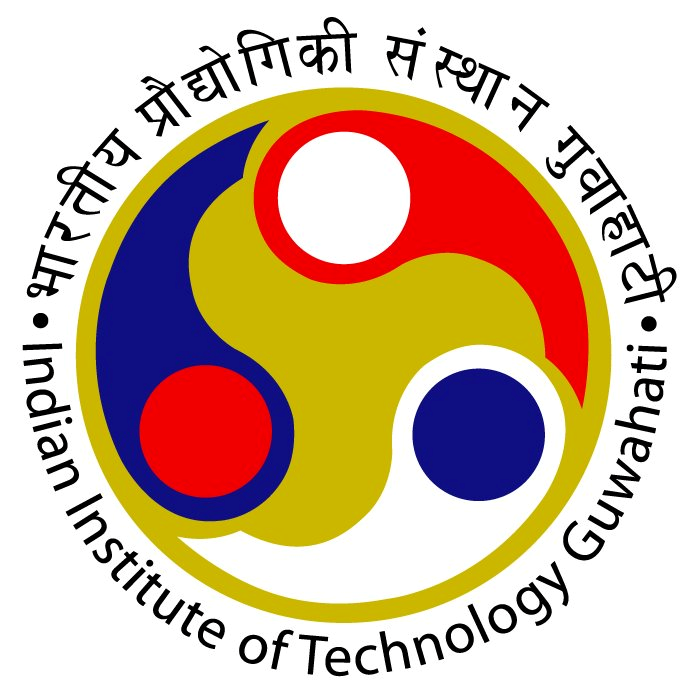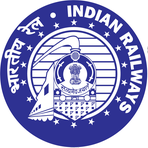Indian Railways: A New Era of Modernization and Safety
November 25, 2024, 4:34 am
Indian Railways is on the brink of a transformation. With ambitious plans to modernize its infrastructure and enhance safety, the railway network is set to become a lifeline for millions. Recent initiatives, including the introduction of 1,000 new general coaches and the deployment of the Kavach 4.0 safety system, signal a new chapter in Indian Railways' journey.
The addition of 1,000 general coaches is a game-changer. These coaches will alleviate overcrowding, a persistent issue that plagues the railway system. Imagine a crowded train compartment, where passengers are packed like sardines. The new coaches will create breathing room, accommodating thousands of extra passengers daily. This initiative is not just about numbers; it’s about comfort. The coaches boast ergonomically designed seats, better ventilation, and modern amenities. Safety is paramount, too. With upgraded features like CCTV cameras and fire-resistant materials, passengers can travel with peace of mind.
The timeline for this rollout is swift. By November 30, 2024, these coaches will be integrated into high-demand trains, primarily serving long-distance express routes. This focus on economic class travelers is commendable. It opens doors for low-income passengers, making travel more accessible. The production of these coaches is happening at integrated coach factories, ensuring quality and speed. A strategic allocation plan will address regional demands, ensuring that no area is left behind.
In tandem with the new coaches, Indian Railways is embracing technology with the deployment of Kavach 4.0. This advanced Automatic Train Protection (ATP) system is designed to enhance safety across 1,463 route kilometers in the South Central Railway zone. Picture a vigilant guardian, constantly monitoring train speed, direction, and track conditions. Kavach prevents collisions by automatically engaging brakes in emergencies. This is not just a technological upgrade; it’s a commitment to passenger safety.
Kavach 4.0 aligns with the Mission Raftaar initiative, which aims to increase the speed of trains. It’s a leap toward a zero-accident railway system. The system features real-time monitoring and collision avoidance, making it compatible with high-speed trains. This future-ready technology not only enhances safety but also boosts energy efficiency. Trains will run at optimal speeds, reducing unnecessary halts and conserving power.
The economic implications of these advancements are significant. Improved safety reduces accident-related costs, while enhanced freight efficiency contributes to economic growth. The scalability of Kavach means that more zones will benefit from this technology, reinforcing the commitment to modernization.
Meanwhile, the Northeast Frontier Railway is forging ahead with a collaboration with IIT Guwahati. This partnership aims to harness technological advancements to improve railway operations in the region. The focus is on automation, digitization, and sustainability. Imagine a railway system that operates like a well-oiled machine, where maintenance is streamlined and resources are used efficiently. This collaboration is a step toward that vision.
The Danapur Division is also set for modernization. The Railway Board has unveiled plans to upgrade infrastructure, enhance passenger amenities, and improve operational efficiency. This initiative is not just about building new facilities; it’s about creating a seamless travel experience. Upgraded platforms, waiting areas, and advanced signal systems will ensure safer and smoother operations. The goal is to accommodate more passenger and freight traffic, making the railway a backbone of transportation.
These initiatives reflect a broader vision for Indian Railways. The focus is on inclusivity, safety, and modernization. The railway network is not just a means of transport; it’s a vital artery that connects cities, industries, and people. As the government invests in infrastructure, the benefits will ripple through the economy.
The commitment to passenger welfare is evident. By prioritizing the needs of economic class travelers, Indian Railways is ensuring that travel is accessible to all. The introduction of new coaches and advanced safety systems is a testament to this commitment. It’s about creating a railway system that serves everyone, regardless of their economic status.
In conclusion, Indian Railways is poised for a renaissance. The introduction of new general coaches, the deployment of Kavach 4.0, and collaborations with educational institutions are all part of a grand strategy. This is not just about trains running on tracks; it’s about building a future where safety, efficiency, and accessibility are paramount. As these initiatives roll out, they will reshape the landscape of Indian Railways, making it a model for modern transportation. The journey has just begun, and the tracks ahead are promising.
The addition of 1,000 general coaches is a game-changer. These coaches will alleviate overcrowding, a persistent issue that plagues the railway system. Imagine a crowded train compartment, where passengers are packed like sardines. The new coaches will create breathing room, accommodating thousands of extra passengers daily. This initiative is not just about numbers; it’s about comfort. The coaches boast ergonomically designed seats, better ventilation, and modern amenities. Safety is paramount, too. With upgraded features like CCTV cameras and fire-resistant materials, passengers can travel with peace of mind.
The timeline for this rollout is swift. By November 30, 2024, these coaches will be integrated into high-demand trains, primarily serving long-distance express routes. This focus on economic class travelers is commendable. It opens doors for low-income passengers, making travel more accessible. The production of these coaches is happening at integrated coach factories, ensuring quality and speed. A strategic allocation plan will address regional demands, ensuring that no area is left behind.
In tandem with the new coaches, Indian Railways is embracing technology with the deployment of Kavach 4.0. This advanced Automatic Train Protection (ATP) system is designed to enhance safety across 1,463 route kilometers in the South Central Railway zone. Picture a vigilant guardian, constantly monitoring train speed, direction, and track conditions. Kavach prevents collisions by automatically engaging brakes in emergencies. This is not just a technological upgrade; it’s a commitment to passenger safety.
Kavach 4.0 aligns with the Mission Raftaar initiative, which aims to increase the speed of trains. It’s a leap toward a zero-accident railway system. The system features real-time monitoring and collision avoidance, making it compatible with high-speed trains. This future-ready technology not only enhances safety but also boosts energy efficiency. Trains will run at optimal speeds, reducing unnecessary halts and conserving power.
The economic implications of these advancements are significant. Improved safety reduces accident-related costs, while enhanced freight efficiency contributes to economic growth. The scalability of Kavach means that more zones will benefit from this technology, reinforcing the commitment to modernization.
Meanwhile, the Northeast Frontier Railway is forging ahead with a collaboration with IIT Guwahati. This partnership aims to harness technological advancements to improve railway operations in the region. The focus is on automation, digitization, and sustainability. Imagine a railway system that operates like a well-oiled machine, where maintenance is streamlined and resources are used efficiently. This collaboration is a step toward that vision.
The Danapur Division is also set for modernization. The Railway Board has unveiled plans to upgrade infrastructure, enhance passenger amenities, and improve operational efficiency. This initiative is not just about building new facilities; it’s about creating a seamless travel experience. Upgraded platforms, waiting areas, and advanced signal systems will ensure safer and smoother operations. The goal is to accommodate more passenger and freight traffic, making the railway a backbone of transportation.
These initiatives reflect a broader vision for Indian Railways. The focus is on inclusivity, safety, and modernization. The railway network is not just a means of transport; it’s a vital artery that connects cities, industries, and people. As the government invests in infrastructure, the benefits will ripple through the economy.
The commitment to passenger welfare is evident. By prioritizing the needs of economic class travelers, Indian Railways is ensuring that travel is accessible to all. The introduction of new coaches and advanced safety systems is a testament to this commitment. It’s about creating a railway system that serves everyone, regardless of their economic status.
In conclusion, Indian Railways is poised for a renaissance. The introduction of new general coaches, the deployment of Kavach 4.0, and collaborations with educational institutions are all part of a grand strategy. This is not just about trains running on tracks; it’s about building a future where safety, efficiency, and accessibility are paramount. As these initiatives roll out, they will reshape the landscape of Indian Railways, making it a model for modern transportation. The journey has just begun, and the tracks ahead are promising.

